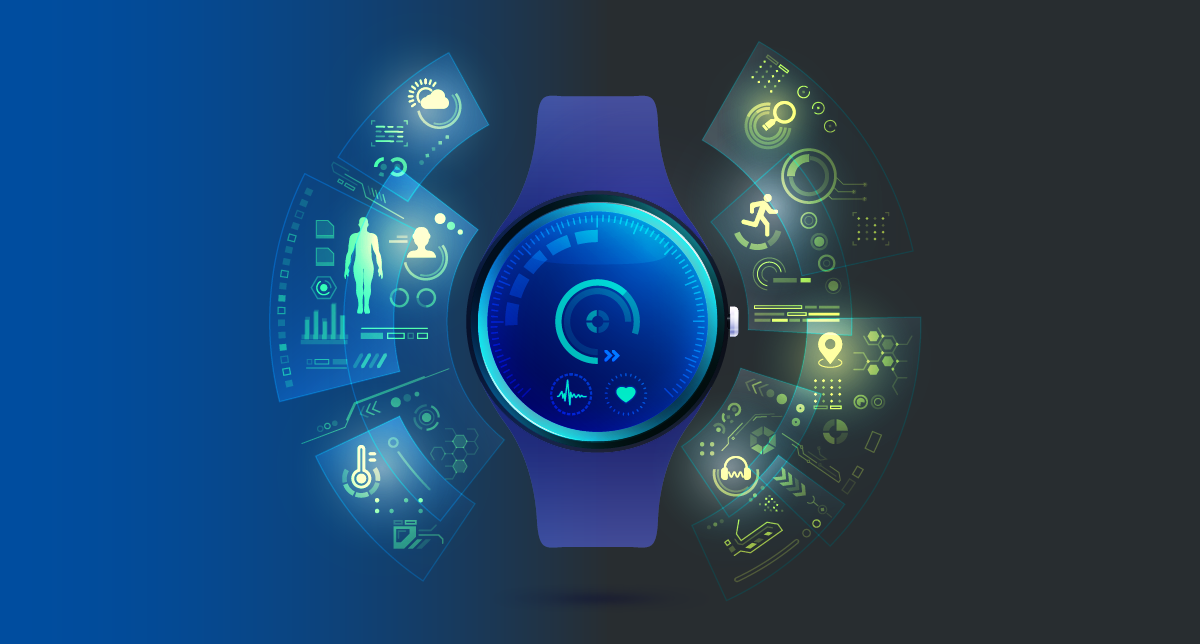Over the last few years, we’ve seen a huge shift in the pharmaceutical, health insurance and life sciences spaces with companies investing heavily in data infrastructure and processes to glean more insights about their customers.
The next logical stage in this journey is to find ways to harness the truly valuable insights from this data and create effective digital-first programs. This will likely ultimately involve leveraging tools like AI, machine learning, sensors, wearables and 5G to create a truly personalized healthcare ecosystem.
Getting to this point—and building an ecosystem where pharma and health insurance companies can actually alleviate strain on the healthcare system by offering impactful preventative care—will require unprecedented sophistication in data, BI and analytics.
While this may sound daunting, it doesn’t have to be. Here, we’ll discuss ways to break down the journey into incremental phases—and take things one step at a time.
Start where you are
Data maturity, like many things, spans a spectrum. On one end are companies that don’t collect data at all. On the other are companies who base all business decisions on clean, holistic and robust data insights.
Most companies fall somewhere in between, in one of the following data maturity categories:
- Ad-hoc: Data is used as it’s available, but the approach is piecemeal and fragmented.
- Siloed: Data exists and is possibly being collected consistently, but it’s difficult to access as it’s stored in multiple databases that are sequestered or not centrally connected.
- Embedded: Data functions as a service and is easily accessible because it’s stored in a centralized platform. While the data may not be fully cleaned or consolidated, it is recognized as a core aspect of business decision making.
- Data-guided: Data serves as an enabler and a conduit of business strategy. The data has a specified purpose and drives decisions across the organization, including in relation to technology and process.
At the data-guided level, data flows easily and quenches the thirst for insight with actionable findings. It’s easy for all members of the organization to access, and make sense of, all the information at their disposal—allowing them to effectively manage marketing campaigns, establish KPIs, set product pricing, or evaluate changes that could impact the business.
If you’re not at the data-guided level quite yet, that’s okay—few organizations are. To create a truly personalized patient experience, however, it’s important to set that stage as your end goal—and understand where you sit on the spectrum, so you can effectively map a path forward.
Start with small, practical executions
Once you become more data mature, it will be easier to identify content gaps and predict purchase behaviors—which, in turn, will allow personalization opportunities to reveal themselves.
For instance, you might find it makes sense to add additional touch points within the customer journey, to allow for a more tailored experience. Perhaps you want to start by automating your systems—so if a customer takes a certain action on your website, a chatbot may pop up to offer assistance. Or maybe they’ll be greeted with a hyper-targeted ad or personalized video.
Eventually, you may acquire the data insights you need to build out a very valuable digital therapeutic experience (DTx). For instance, if your pharmaceutical company provides medication for a specific chronic condition, you can offer your patients complimentary access to an app like Omada Health, which can provide them with ongoing, personalized care. This type of platform inspires users to interact with it, on average, 30 times per week—so not only does it offer patient value, but it allows pharmaceutical companies to remain connected throughout a greater portion of the patient lifecycle.
Utilize data to evaluate success
Over time, patient and market needs will change—which means your personalization efforts must evolve in stride. It’s important to continually assess your data to identify gaps in the patient experience—and opportunities to fill them. If patients don’t feel like they’re getting a fulsome experience from your digital health products, they may turn to social media apps like TikTok for support.
Not only is it important to use data to evaluate market trends, but it can also help you identify areas where you’re falling short. If patients aren’t turning to your digital offerings as frequently as you’d like, a look at the data may reveal that your content is only skimming the surface—and not providing the value that they crave. Or maybe it will tell you that it takes customers too long to find the information they need most—indicating you may need to better optimize your tech stack.
Start your personalization journey
Whatever your starting point, Appnovation can help your health organization build the personalized experience your customers crave.
As a global, award-winning digital partner, we can help you build purposeful and personalized digital solutions that support your data, business insights and analytics needs—and position you for future growth.
Specifically, we can help you with:
- Data modeling
- Data analysis, discovery and interpretation
- Machine learning
- Data warehousing
- Data visualization
- Digital strategy
- Data migration
- Cloud migration
To learn more about how our team can help you get more out of your data, contact us.


